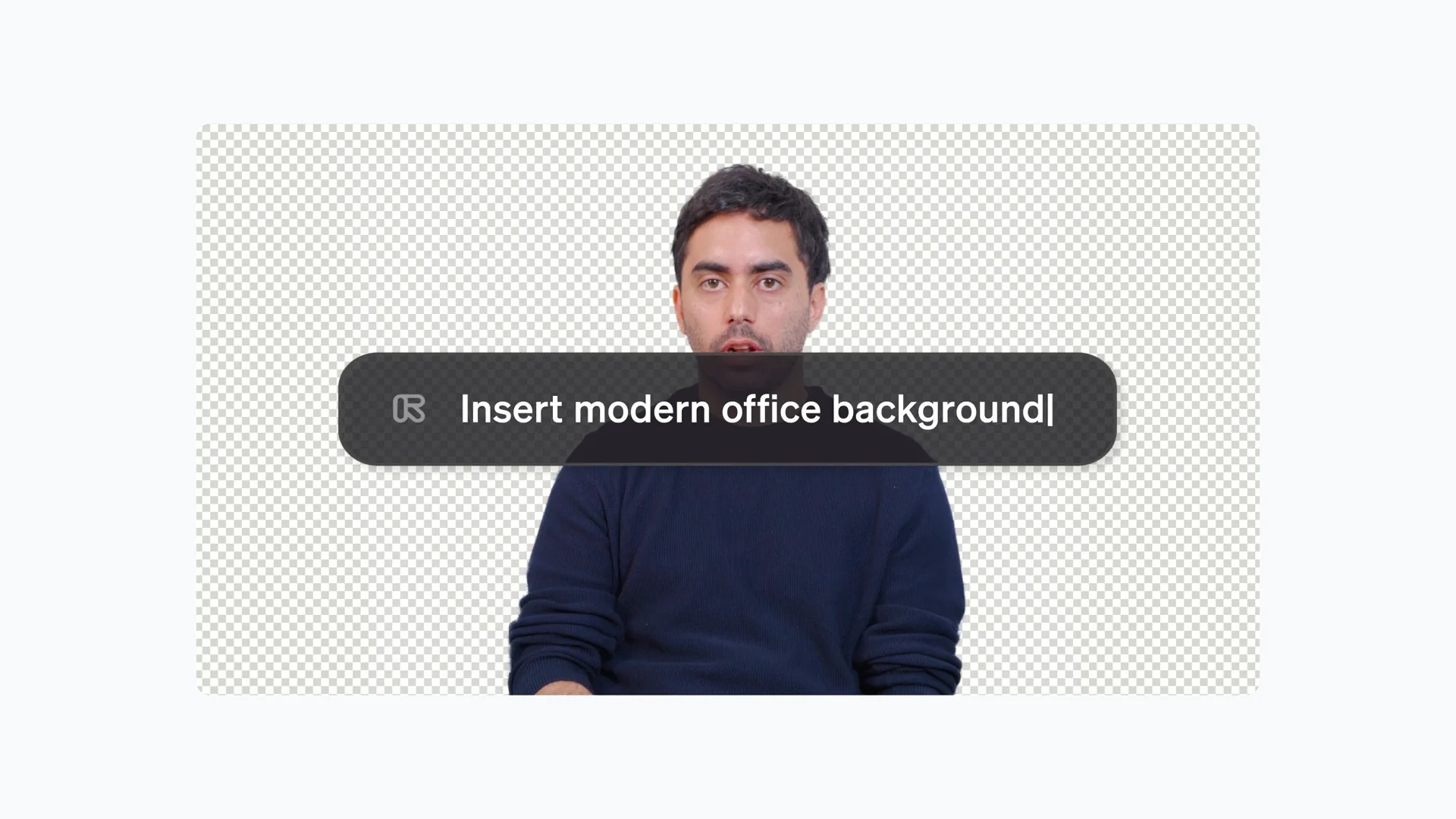Runway empowers video editors with AI creative tools
Artificial intelligence has rapidly become better at recognizing and creating images. As the technology has advanced, entrepreneurial artists and engineers have rushed to package it for widespread commercial use. One of the leaders is Runway, a startup whose subscription-based suite of AI content and video tools is changing the way creators create.
“I’ve done a shot in five minutes using Runway which normally would have taken me five hours,” said Ryan Mauskopf, a graphic designer who produces visual effects for Stephen Colbert’s Late Show on CBS.
Runway’s staff of 40 is based in New York City, where its three founders—two from Chile, one from Greece—met at New York University’s Tisch School of the Arts. They realized they shared an interest in the intersection of art and technology, and in 2018 they founded Runway. The company recently announced the completion of a $50 million funding round at a $500 million valuation.
“We understand artists’ problems and we build for them, and we can also go deep into core research to invent something we need to invent,” said cofounder Cristobal Valenzuela.
Runway’s users range from enterprise businesses to solo artists, TikTok creators, and the visual effects team of the hit film Everything Everywhere All at Once.
A better way to edit and create
Runway’s tools fall into two categories.
The first is a supercharged version of traditional editing tools. A demo on the company’s website shows a person working at a crowded workbench. As the video plays, an editor uses Runway’s Inpaint Content Aware Fill tool to remove objects and recreate the bench as if the objects had never been there.
“If you have pixels and need to transform them, Runway can apply effects, layer images together, or do motion tracking or inpainting,” said Valenzuela.
The second uses plain-language prompts to create something entirely new. In the video interview at the top of this article, for example, text commands make Valenzuela appear on the screen and swap in backgrounds.
Director Paul Trillo, who makes experimental videos and films, recently used Runway Frame Interpolation to create an eerie scene of a man on the median strip of an empty Los Angeles street. It looks like a clip from a big budget production, but Trillo created it in a single night of shooting with minimal equipment.
“Ten years ago we would have needed a power generator, a green screen, and a turntable or wire rig for that,” Trillo said. “With Runway, I was able to shoot a series of 20 or so frames and then use the tools to fill in the spinning and rising motion.”
Stripe from the start
Stripe has been working with Runway since before it even existed as a company. The founders, who are all from outside the US, used Stripe Atlas to navigate the blizzard of paperwork required to launch a business. Atlas does for incorporating what Runway does for inpainting—creating and filing the legal, tax, and ownership documents necessary to form a company after only about ten minutes of input by the user.
“Being an immigrant who’s only been in the US two years, and trying to form a company, was pretty daunting,” Valenzuela said. “Realizing that everything could be simplified with Atlas was a dream come true.”
Runway now uses Stripe Checkout and Tax to power its subscription sales. Some Runway tools are available on a freemium basis, while more advanced and data-intensive work can be done on Pro ($12 per editor per month) and Team ($28 per editor per month) tiers.
“Stripe has basically helped us iterate faster, from incorporating the company to building the payment processing system,” Valenzuela said. “That means we can focus instead on our core differentiator, which is building the next generation of creative tools.”


